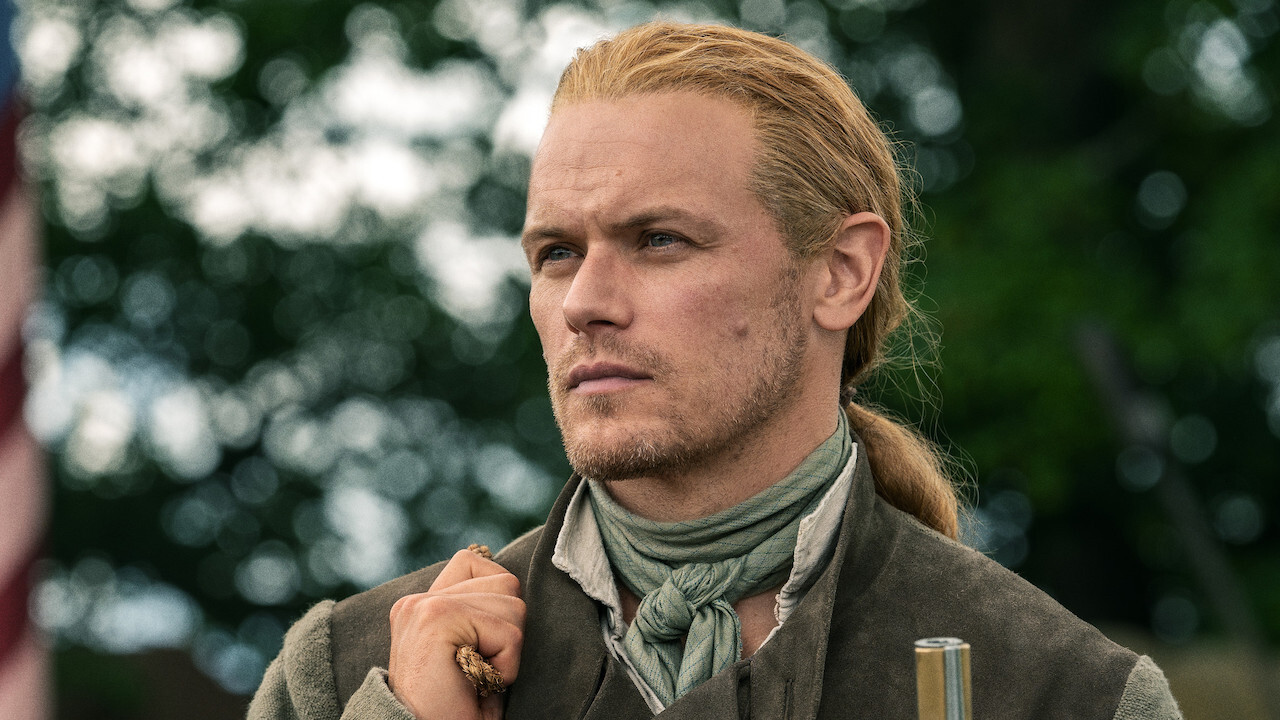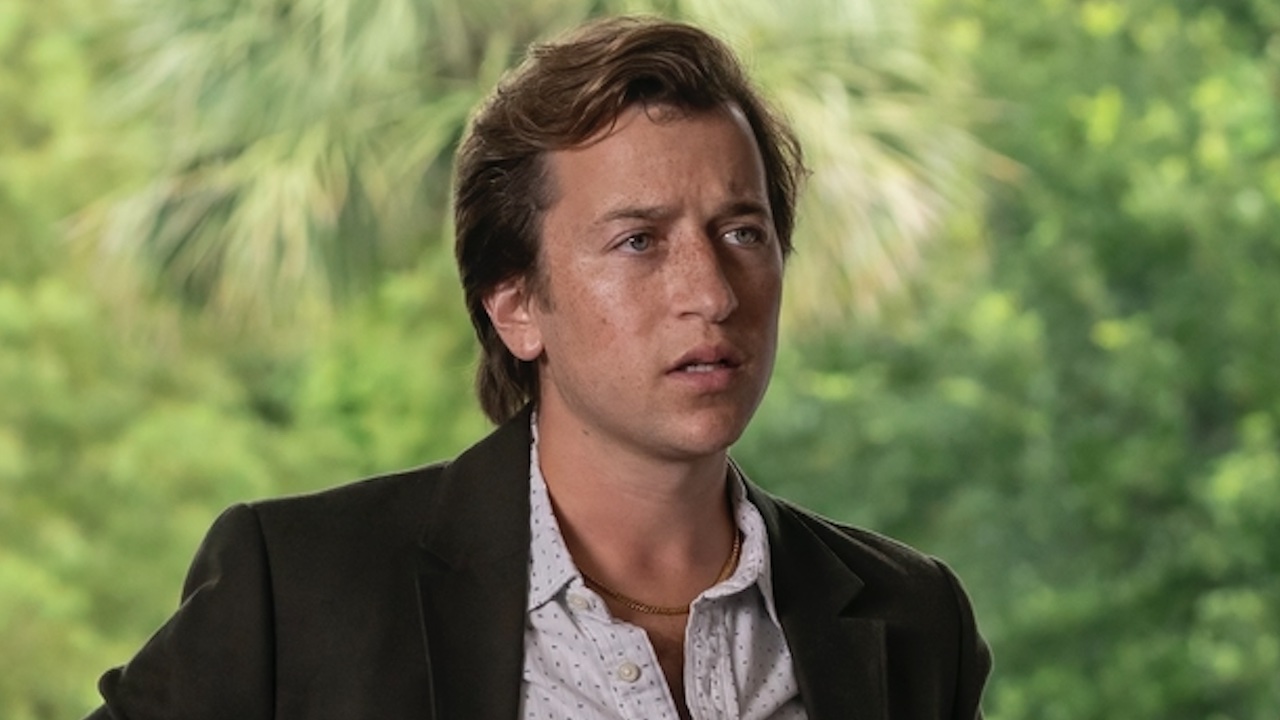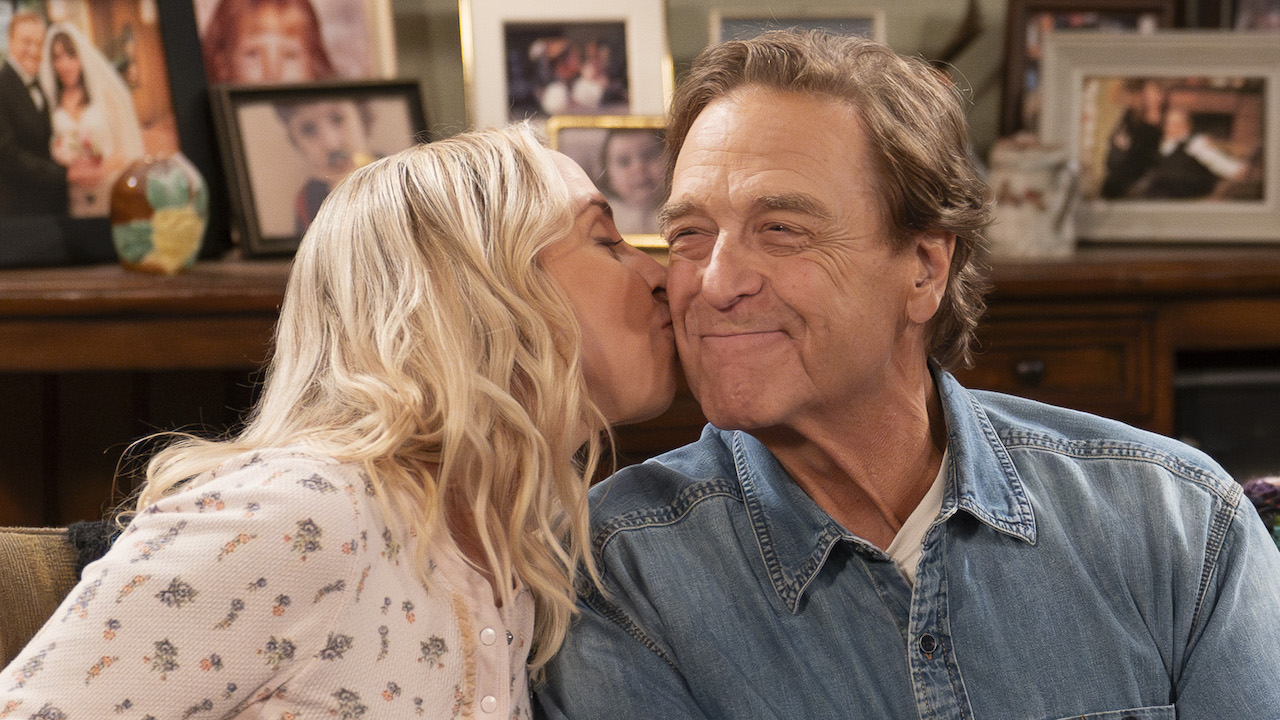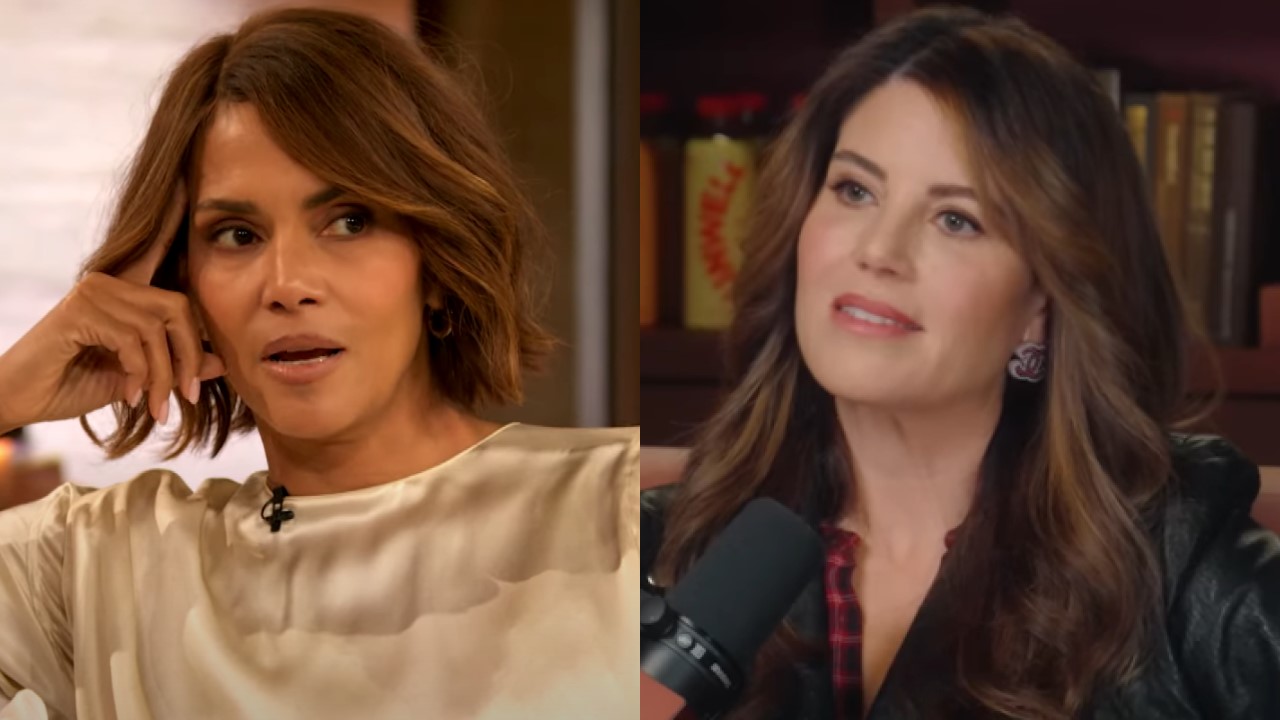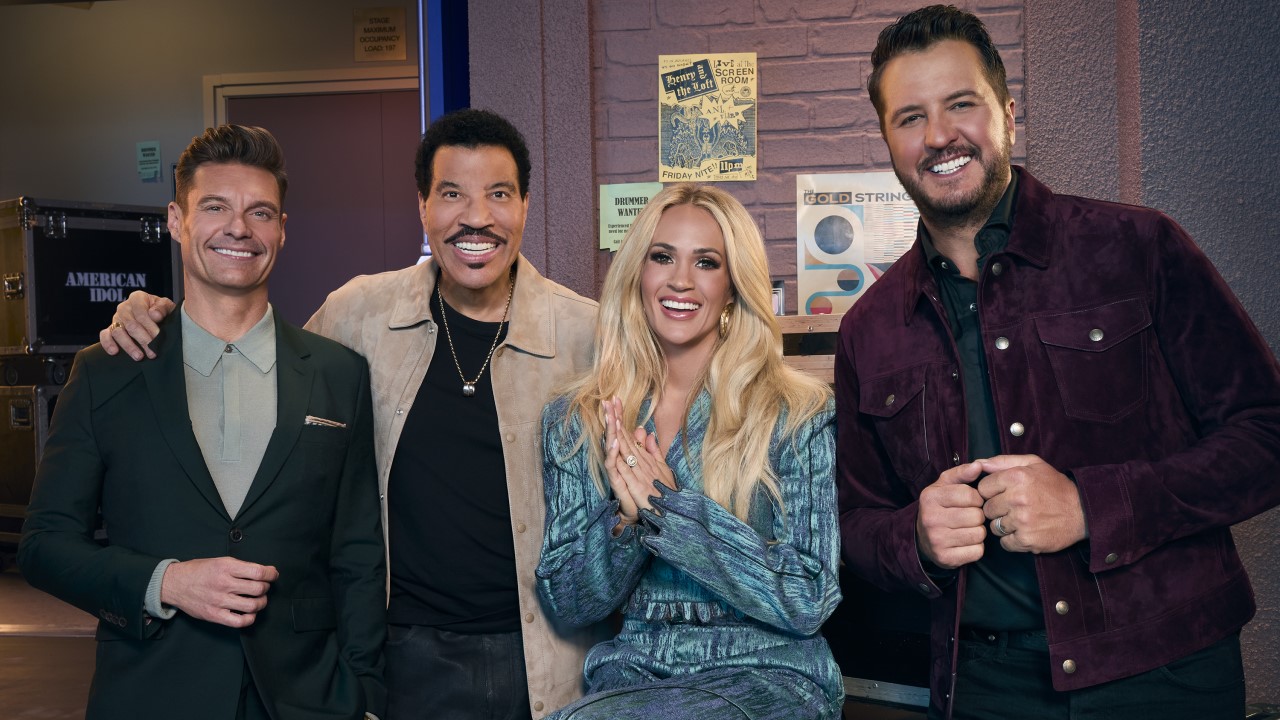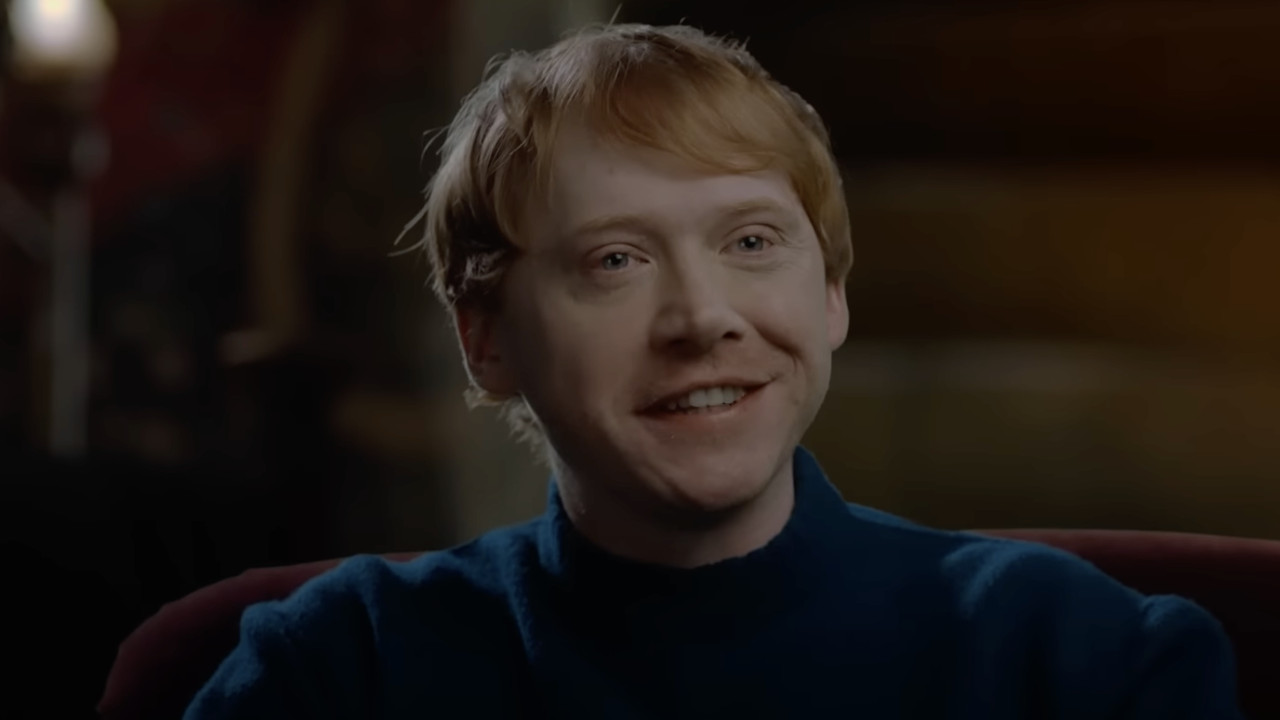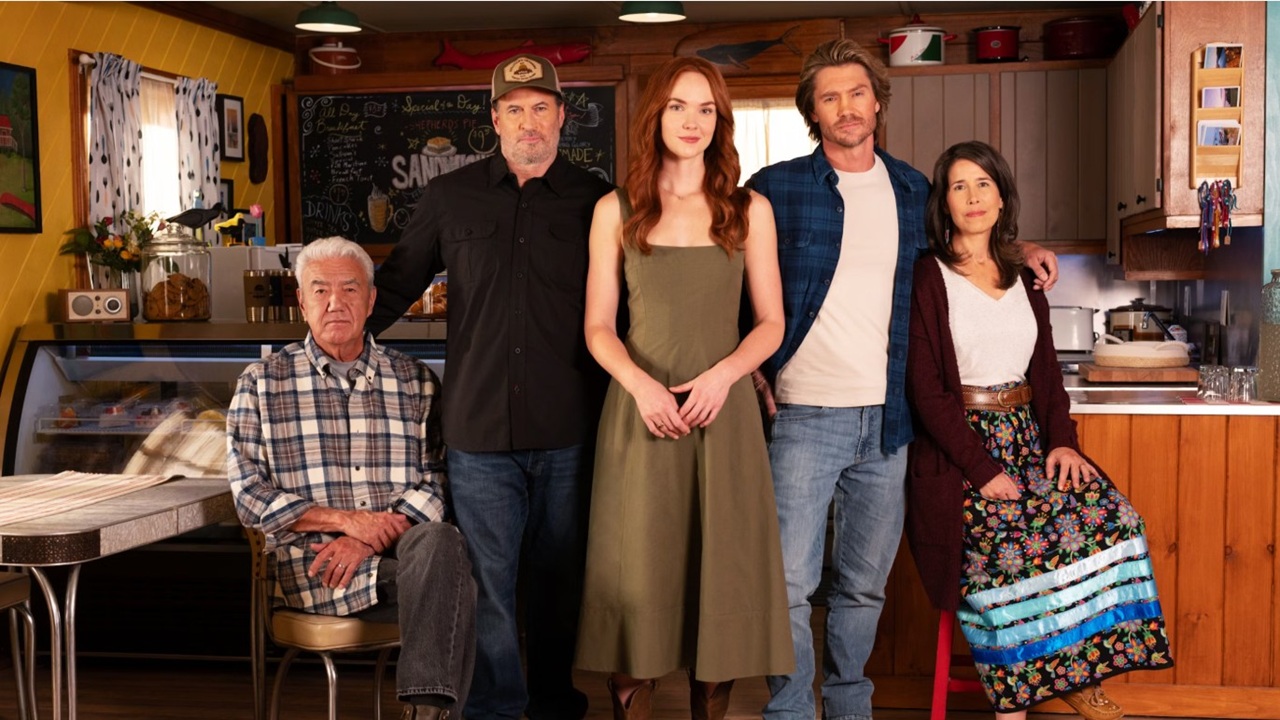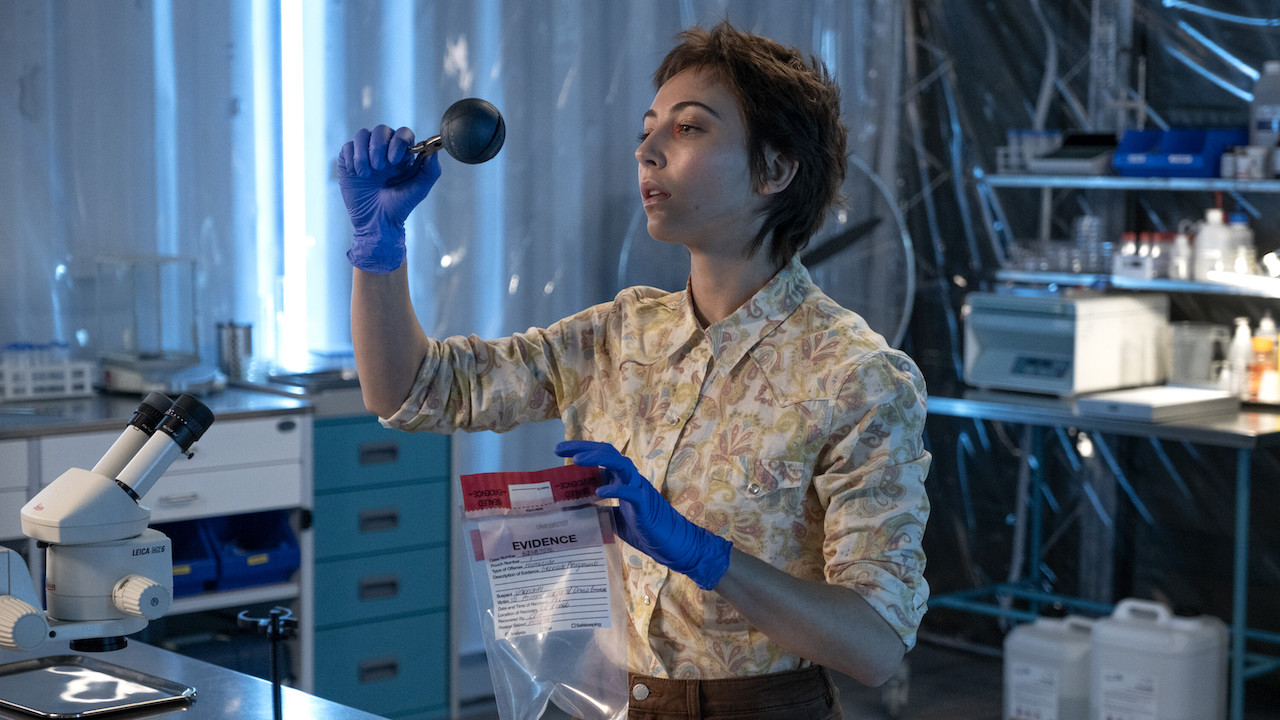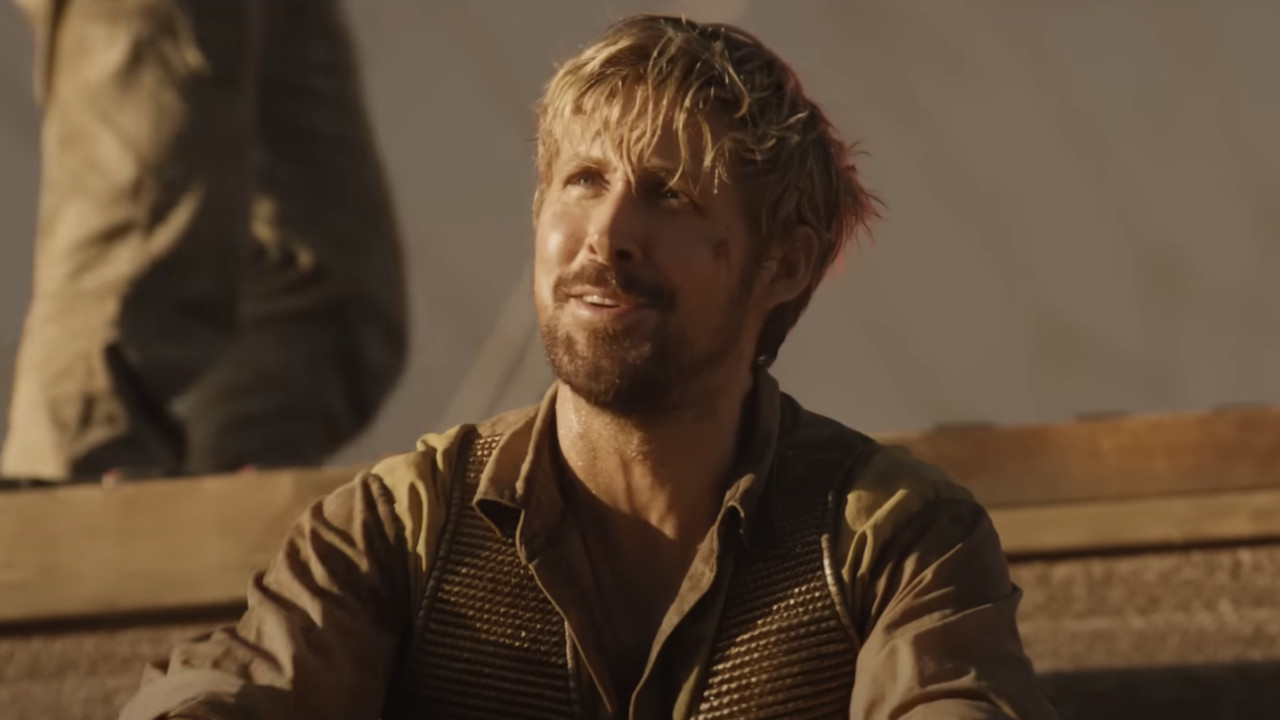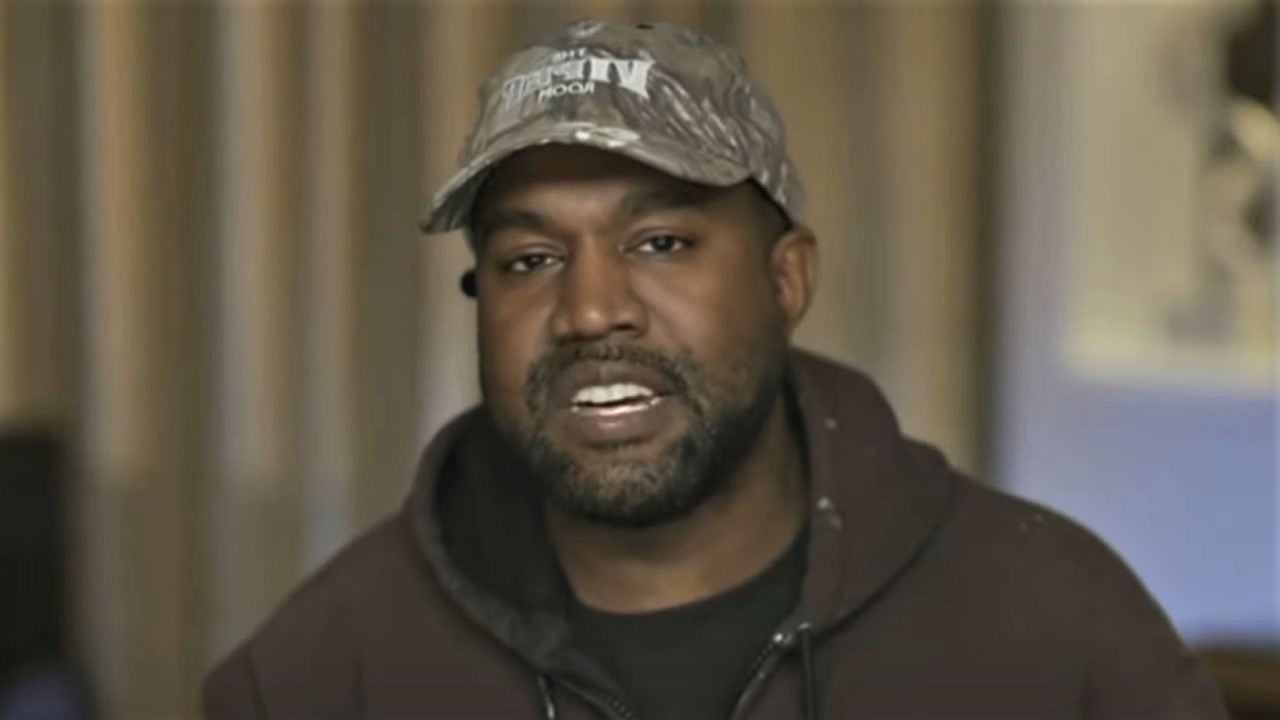Why Pixar's SparkShorts Series Might Not Be What Disney Fans Expect
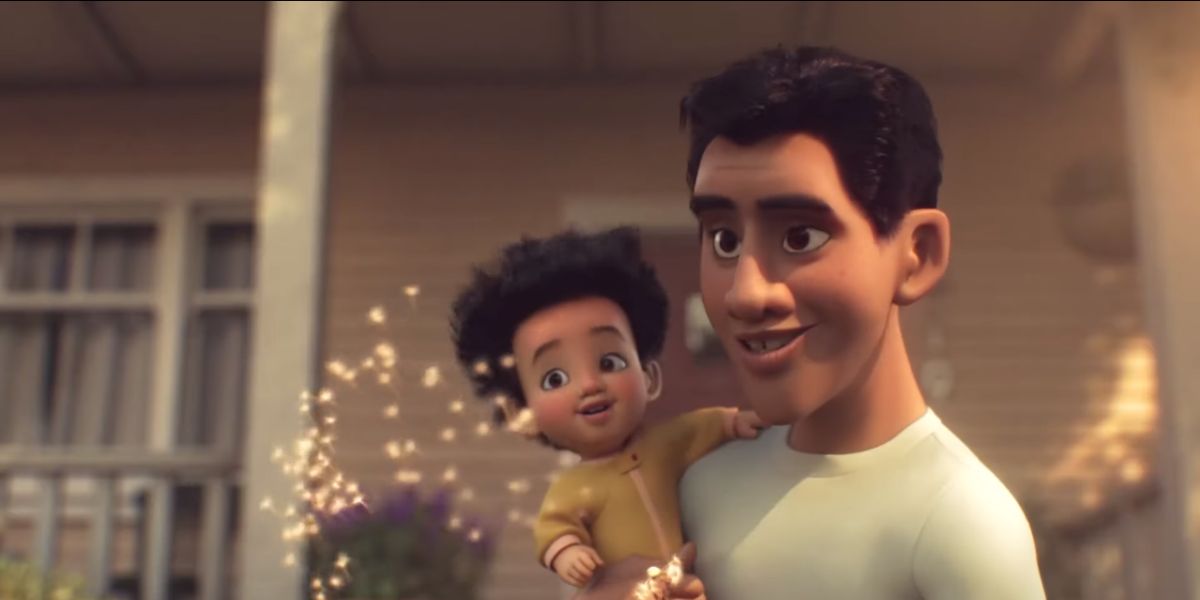
With the launch of Disney+ we'll be getting one streaming service that contains just about ever major movie franchise known to modern cinema. Star Wars and Marvel and Disney Animated films and Pixar movies. Everything old and a whole host of new material as well.
While most people are probably looking forward to The Mandalorian or one of the forthcoming Marvel shows, Pixar's entry into the massive list of original content comes in the form of a series of animated shorts. However, while Pixar is no stranger to making animated shorts, the four new items that you'll find on Disney+ at launch are something a little different both from a development and a presentation standpoint.
Time And Money
On November 12 Disney+ will host four SparkShorts from Pixar. However, SparkShorts aren't quite the same thing as the theatrical shorts we're used to seeing in front of Pixar feature films in the theater. I recently had a chance to speak with several of the director's of the new SparkShorts, and they all told me that SparkShorts are very much a trial by fire. While a director usually has years to put together a theatrical short film, SparkShorts are done very quickly, and with not a lot of money. As Perl director Kristen Lester told me...
They’re about a fifth of the budget, so, that’s one big one, and probably about a quarter of the time, at least. Usually, our theatrical shorts take about four years to make, and a SparkShort is about 6 months.
Theatrical shorts at Pixar are handled in much the same way that feature films are handled. These are major undertakings that cost a lot of money and take a lot of time. SparkShorts are handled on a much faster schedule.
Each of the director's of the SparkShorts was handed the reins of their project and then was responsible for getting everything else done. They had to find the crew of people who would work with them, and had to keep the schedule in mind. Some of them, like Bobby Rubio, director of Float, were handling their short film during a down time at the studio, and were able to devote all their time to their film. Others had to make their film while also balancing their responsibilities at the studio making feature films.
While SparkShorts may have been made quickly and with not a lot of money, you don't need to worry about their quality. The animated films still look like what you would expect to see from Pixar. While the animation styles change with the creator, they all look like quality pieces of animation.
Artistic Freedom
While the small time frame and budget are certainly constraints, there's one other big difference between a theatrical short and SparkShort, as Smash & Grab director Brian Larsen told me, each director had complete freedom to tell whatever story they wanted...
CINEMABLEND NEWSLETTER
Your Daily Blend of Entertainment News
But the other [difference] too, is there’s no oversight. So even with [theatrical] shorts, we have to pitch a short that they want to pick and then even that goes through a rigorous process of Brain Trust meetings and honing and refining, where this one, you are literally given time and money, and then they will see you later.
If you've ever seen or read anything about how Pixar makes its movies, then you've likely heard of the "pipeline." While the name indicates a straight line and single direction, that's not really how Pixar movies get made. They tend to go through a perpetual fine tuning and rewriting process that lasts for most of the film's production. A movie's story is rarely truly finalized until animation is actually complete.
This is also the case with theatrical shorts. Concepts need to be approved and fine tuned. Even after an idea is found, early work on it might reveal that the idea doesn't work quite as well as everybody thought it would, and so things might get changed around and new angles might be discovered.
Personal Stories
That's not the case with SparkShorts. There is literally zero supervision here. Directors have complete and total control over the film they are making. This is more than just a semantic distinction. As a result of this creative freedom, SparkShorts tend to be incredibly personal works, much more so than anything we've seen from Pixar's theatrical output. As Bobby Rubio put it to me...
It feels very much like an independent film, in that we don’t have this grand fiance and this grand time to do it. But we’re allowed to create our own stories.
I was more than a little surprised when these directors claimed there was literally zero supervision over their work, the idea that these people, who might have come from literally any part of Pixar, were just allowed to do whatever they want in a major company like this seems insane, and yet that's what happened.
Kristen Lester's Perl is a story about a sentient ball of yarn, clearly female, making her way in a professional industry containing mostly men. Kristen Lester herself is a woman making her way in a profession that is still, especially at the top levels, mostly men. This was a story that resonated with her and something she felt she needed to say.
Bobby Rubio's Float is a father/son story inspired by his own relationship with his son. It's a story as personal as it gets, though it's one that will almost certainly resonate with a larger audience.
Although, Float is also an example of one way that SparkShorts are exactly what you would expect to get from Pixar. It's an incredibly emotional journeys. Float the is 10 minutes of animation that will leave you weeping openly at the end, and enjoying every minute of it. Saying much of anything about it risks giving the game away, and I don't want to do that, but to be sure, you're going to want to sit down to watch it with tissues.
Kitbull by Rosana Sullivan starts out as something cute and sweet, and it ultimately is that. However, it also takes a surprisingly dark turn once you see the story it is really telling.
Smash and Grab is maybe the most like a traditional Pixar short, perhaps because it was the first SparkShort given the green light. It's story is the most straightforward, though there's an underlying chaos that is perhaps representative of the way SparkShorts get made.
Following the launch of Disney+ on November 12, two more SparkShorts are scheduled for release on the service. Wind will arrive in December, followed by Loop in January. After that, it's a safe bet that even more SparkShorts will be on the way. There is clearly a lot of talent at the studio and a lot of people capable of creating unique and personal stories.
Most people will be gravitating toward the big names when Disney+ launches next week. There are Disney live-action remakes and Star Wars series to watch, after all, but don't overlook the SparkShorts. They won't take long, and they are worth far more than the time they will take.
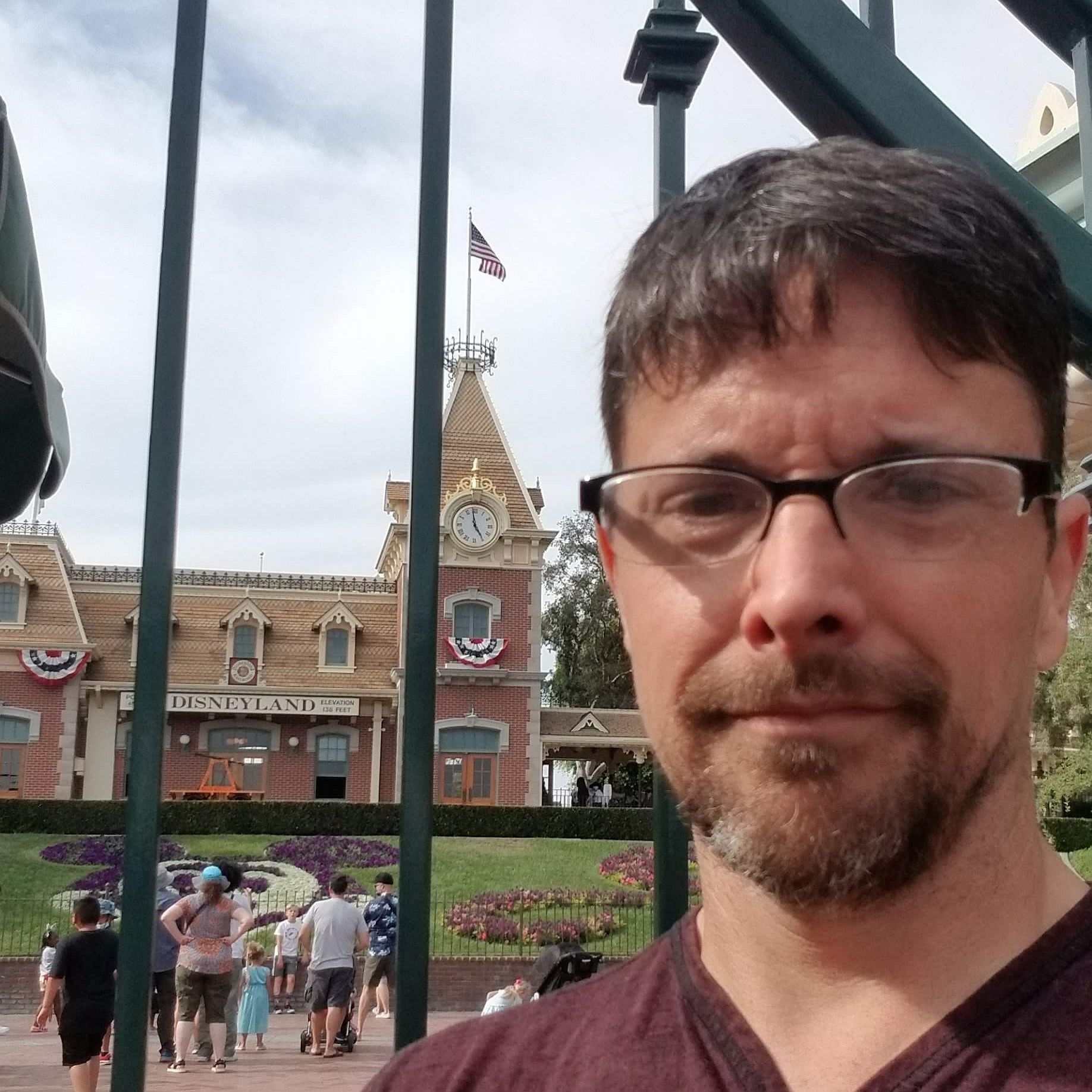
CinemaBlend’s resident theme park junkie and amateur Disney historian, Dirk began writing for CinemaBlend as a freelancer in 2015 before joining the site full-time in 2018. He has previously held positions as a Staff Writer and Games Editor, but has more recently transformed his true passion into his job as the head of the site's Theme Park section. He has previously done freelance work for various gaming and technology sites. Prior to starting his second career as a writer he worked for 12 years in sales for various companies within the consumer electronics industry. He has a degree in political science from the University of California, Davis. Is an armchair Imagineer, Epcot Stan, Future Club 33 Member.
